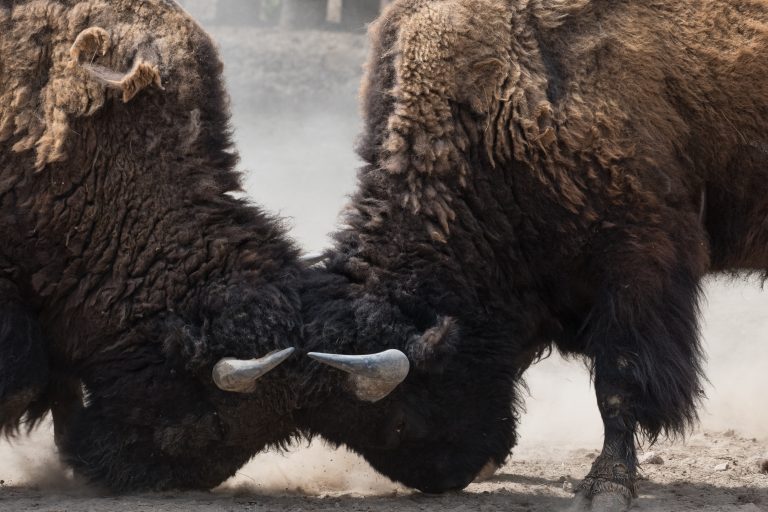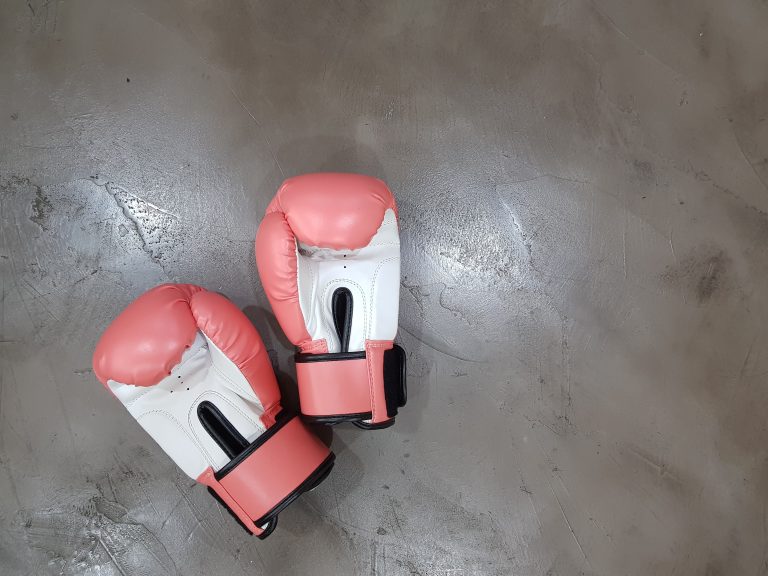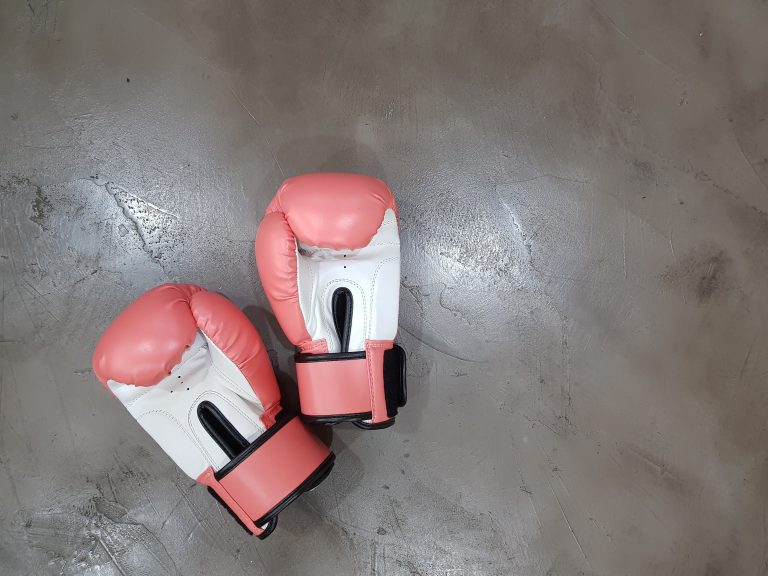Karate training for better responsiveness: the 10 best exercises
Karate is a popular martial art that requires physical agility and mental strength. It is not only about self-defense, but also about being responsive to various situations, both on and off the mat. If you are looking to improve your responsiveness, there are a few key exercises you can incorporate into your karate training routine. In this article, we will discuss the 10 best exercises for improving responsiveness in karate, and how to properly perform them.
1. Shadowboxing
Shadowboxing is a great way to improve your footwork, hand combinations, and reaction time. To start, stand in front of a mirror and visualize an opponent. Begin throwing punches and kicks as if you were sparring, focusing on speed and accuracy. Pay attention to your movements and make adjustments as needed.
2. Footwork drills
Good footwork is essential in karate, and one of the best ways to develop it is through footwork drills. Start by practicing basic footwork patterns, such as step-and-slide, pivot, and shuffle. Increase the difficulty by adding in direction changes, such as 180-degree turns, and incorporating strikes and kicks.
3. Speed bag work
The speed bag is a small, weighted bag that hangs from a platform. It is a great tool for improving hand-eye coordination and reaction time. Begin by striking the bag with both hands alternately, focusing on speed and accuracy. As you improve, increase the speed and duration of your strikes.
4. Agility ladder drills
Agility ladder drills are excellent for improving footwork, coordination, and quickness. Start by running through the ladder forwards, then progress to lateral and diagonal movements. Increase the difficulty by performing the drills with your eyes closed or while carrying weights.
5. Reaction ball drills
A reaction ball is a small, rubber ball that bounces unpredictably. It is an excellent tool for improving reaction time and hand-eye coordination. Stand in front of a wall and throw the ball against it, catching it as it rebounds. Vary the types of throws and catches to keep it challenging.
6. Partner pads drills
Partner pad drills are a great way to practice striking and kicking techniques. Work with a partner who holds pads and focus on hitting them with speed and accuracy. Vary the combinations and techniques to keep it challenging.
7. Plyometric exercises
Plyometric exercises are high-intensity movements that involve jumping and explosive power. They are excellent for improving speed, power, and agility. Incorporate exercises such as box jumps, burpees, and jump squats into your training routine.
8. Reaction drills
Reaction drills involve responding quickly to a visual or auditory cue. Start by having a partner hold up fingers, then quickly make the corresponding number of strikes. Vary the cues and movements to keep it challenging.
9. Sparring
Sparring is the ultimate test of responsiveness in karate. It involves practicing techniques and tactics against a live opponent. Begin by sparring with a partner who is at a similar skill level and gradually increase the intensity as you improve.
10. Meditation
Meditation is a powerful tool for improving mental focus and discipline. Incorporate meditation into your training routine to help calm your mind and increase your awareness of your movements and surroundings.
In conclusion, improving responsiveness in karate requires a combination of physical and mental training. By incorporating these 10 exercises into your karate training routine, you can improve your footwork, hand-eye coordination, and reaction time, making you a more effective and skilled karate practitioner.
Karate training for better responsiveness: the 10 best exercises
Karate is a martial art that focuses on responding quickly to an opponent, which is why it is important to train for responsiveness. Being responsive means that you can read your opponent’s movements and react quickly to them. In this post, we will discuss the ten best exercises to improve your responsiveness as a karate practitioner.
1. Mirror drills
Mirror drills are a great way to improve your responsiveness in karate training. These drills involve standing in front of a mirror and practicing your movements. As you perform your karate techniques, watch yourself in the mirror and make adjustments to improve your form and speed.
2. Reaction training
Reaction training involves training your body to respond quickly to a stimulus. One way to do this is to have a partner randomly call out a command, such as „punch“ or „kick,“ and then quickly throw a strike. You must then respond quickly with the appropriate technique.
3. Shadowboxing
Shadowboxing is a great way to improve your responsiveness in karate. This exercise involves practicing your techniques against an imaginary opponent. As you shadowbox, focus on moving quickly and smoothly to simulate a real fight.
4. Interval training
Interval training involves alternating between high-intensity and low-intensity exercise. This type of training is great for improving your cardiovascular endurance and your ability to recover quickly from bursts of activity.
5. Plyometric training
Plyometric training involves explosive movements that help to improve your power and speed. Examples of plyometric exercises include jump squats, box jumps, and clap push-ups.
6. Partner drills
Partner drills involve working with a partner to practice your techniques. This type of training is great for improving your timing and coordination with another person. Examples of partner drills include sparring and pad work.
7. Agility drills
Agility drills involve quick changes in direction and speed. These drills help to improve your balance, coordination, and footwork. Examples of agility drills include ladder drills, cone drills, and shuttle runs.
8. Strength training
Strength training is important for any martial artist because it helps to improve your power and endurance. Examples of strength training exercises include squats, deadlifts, and bench presses.
9. Flexibility training
Flexibility training is important for any martial artist because it helps to prevent injuries and improve your range of motion. Examples of flexibility training exercises include stretching, yoga, and Pilates.
10. Visualization
Visualization involves imagining yourself performing at your best. This type of training can help to improve your mental focus and confidence. Before a competition or training session, take some time to visualize yourself performing at your highest level.
Conclusion
Karate is all about responsiveness, and the ten exercises listed above are some of the best ways to improve your responsiveness as a martial artist. By incorporating these exercises into your training regimen, you can become a more well-rounded and skilled karate practitioner. Remember to always consult with a qualified instructor before trying new exercises or techniques.
Inhaltsverzeichnis





